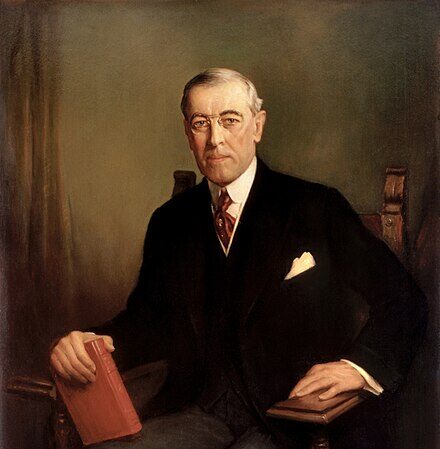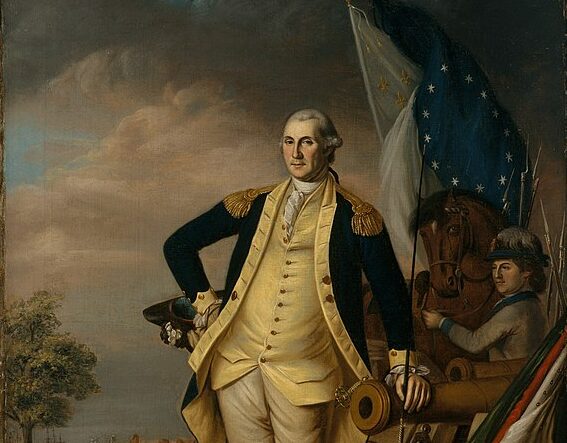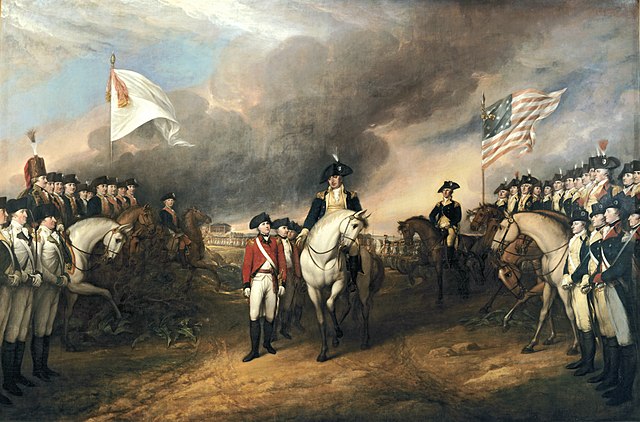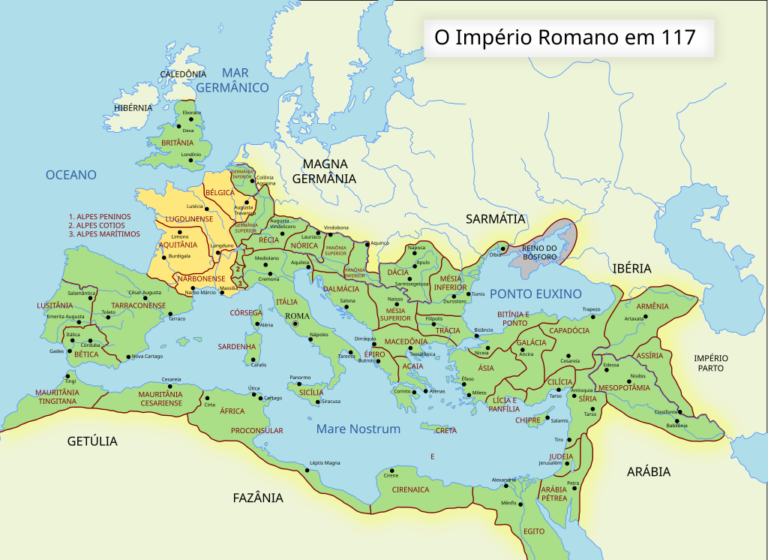
Throughout the history of the United States, the political landscape has been shaped by leaders of varying ideologies, from conservative to liberal. Among these, some U.S. presidents stand out for their strong leftist policies that sought to challenge the status quo, advocate for social justice, and expand the role of government in promoting equality and social welfare.
Franklin D. Roosevelt (1933–1945)
Key Leftist Policies:
- New Deal Programs: Roosevelt’s signature initiative, the New Deal, was a series of programs and reforms designed to combat the Great Depression. It included social safety nets like Social Security, unemployment insurance, and public works projects aimed at creating jobs.
- Labor Rights: Roosevelt supported labor unions and championed workers’ rights, including the Wagner Act, which guaranteed workers the right to unionize.
- Banking Reforms: Roosevelt introduced the Glass-Steagall Act, which separated commercial and investment banking to reduce the risk of financial instability.
- Fair Labor Standards Act: Roosevelt also implemented minimum wage laws and regulated working hours
Lyndon B. Johnson (1963–1969)
Key Leftist Policies:
- The Great Society: Johnson’s vision of a “Great Society” focused on eliminating poverty and racial injustice in America. His administration passed landmark civil rights legislation and social programs that aimed to improve education, healthcare, and economic security for the disadvantaged.
- Civil Rights Act of 1964: This landmark legislation outlawed discrimination based on race, color, religion, sex, or national origin in employment practices and public accommodations.
- Medicare and Medicaid: Johnson expanded access to healthcare by creating Medicare for the elderly and Medicaid for low-income individuals.
Theodore Roosevelt (1901–1909)
Key Leftist Policies:
- Progressive Reform: Theodore Roosevelt was a leader of the Progressive Era, advocating for government intervention to address economic and social issues. He believed that the government should regulate businesses to ensure fairness and protect the public.
- Trust-Busting: Roosevelt used antitrust laws to break up monopolies and restore competition to the economy, famously suing large corporations like Standard Oil and American Tobacco.
- Conservation Efforts: Roosevelt is also known for his progressive stance on environmental conservation, establishing national parks and protected areas across the U.S. and laying the groundwork for modern environmentalism.
- Square Deal: Roosevelt’s domestic policy, the Square Deal, emphasized the need for fair treatment for all Americans, including workers, consumers, and businesses.
Harry S. Truman (1945–1953)
Key Leftist Policies:
- Fair Deal: Truman’s domestic agenda, known as the Fair Deal, sought to expand New Deal reforms by advocating for universal healthcare, increasing minimum wage, and improving housing.
- Abolishing Discrimination: Truman issued Executive Order 9981, which abolished discrimination “on the basis of race, color, religion or national origin “.
- Housing Act of 1949: This law aimed to provide affordable housing for low-income Americans and was part of Truman’s broader commitment to social welfare.
Andrew Jackson (1829–1837)
Key Leftist Policies:
- Populism and Democracy: Andrew Jackson is often considered one of the early proponents of populist politics, advocating for the interests of ordinary people against elites and aristocracy. His presidency represented a shift toward broader political participation, particularly for white men.
- Bank War: Jackson was strongly opposed to the Second Bank of the United States, viewing it as a corrupt institution that favored the rich and powerful. He vetoed its recharter and withdrew federal funds from the bank, redistributing them to state-chartered banks.
- Indian Removal Act: While his policies toward Native Americans are heavily criticized for their impact on Indigenous populations, Jackson did advocate for the state to expand westward in a way that provided land to the poor white settlers.
Thomas Jefferson (1801–1809)
Key Leftist Policies:
- Expansion of Democratic Rights: Jefferson’s vision for the U.S. was one of a more agrarian republic, in which power would be more evenly distributed among the people and less concentrated in the hands of the elite.
- Louisiana Purchase (1803): While controversial, the Louisiana Purchase was a monumental expansion of U.S. territory, intended to provide land for common farmers and ensure economic independence for the agrarian class.
- Separation of Church and State: Jefferson was a strong advocate for the separation of church and state, which helped pave the way for religious freedoms enshrined in the Constitution.
Woodrow Wilson (1913–1921)
Key Leftist Policies:
- New Freedom: Wilson’s “New Freedom” was an economic program aimed at restoring competition by breaking up monopolies, providing more opportunity for small businesses, and regulating big corporations.
- Federal Reserve Act (1913): Wilson’s administration established the Federal Reserve System, a central banking system designed to prevent bank failures, stabilize the economy, and provide economic growth.
- Labor Rights: Wilson passed the Clayton Antitrust Act and the Federal Trade Commission Act, both of which were designed to reduce the power of monopolies and enhance protections for workers and consumers.








1 thought on “The Most Leftist U.S. Presidents”
Comments are closed.